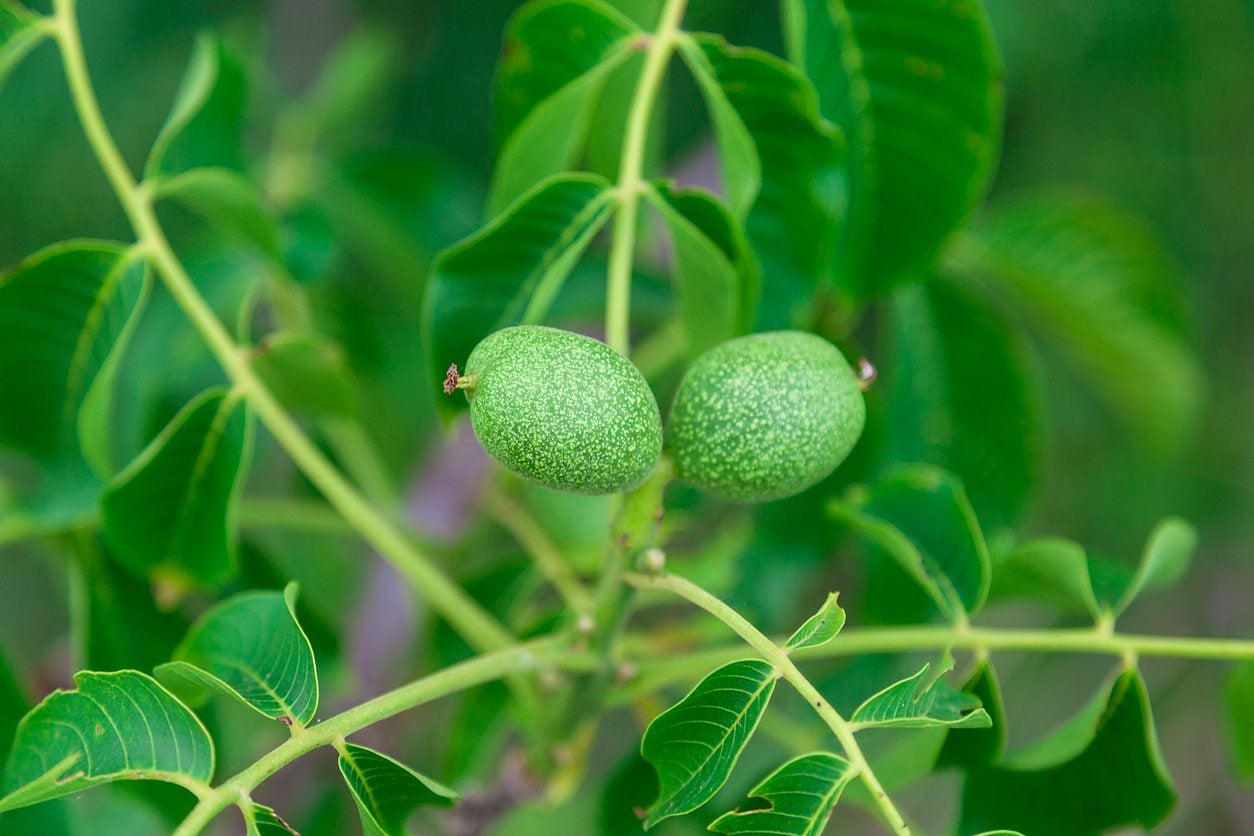Zone 7 Nut Trees: Choosing Nut Trees For Zone 7 Climates


With winter lows of 0 to 10 degrees F. (-18 to -12 C.), zone 7 gardens have many options of edibles to grow in the garden. We often think of garden edibles as only fruits and vegetable plants and overlook the fact that some of our beautiful shade trees also produce nutritious nuts that we could be harvesting. For example, acorns were once a staple food for many Native American tribes. While most recipes these days don’t call for acorns, there are many other edible nut trees that we can add to the landscape. This article will discuss what nut trees grow in zone 7.
About Zone 7 Nut Trees
The hardest thing about growing nuts in zone 7, or anywhere, is having patience. Different kinds of nut trees can take several years to mature enough to bear nuts. Many nut trees also require a pollinator to produce fruit. So, while you may have a hazelnut tree or pecan tree in your yard, it may never produce nuts if there isn't a compatible pollinator nearby. Before purchasing and planting zone 7 nut trees, do your homework so you can select the best trees for your specific needs. If you plan to sell your home and move in the next five to ten years, it won't do you much good to plant a nut tree that can’t produce nuts for 20 years. If you have a small urban yard, you may not have the room to add two large nut trees, as required for pollination.
Choosing Nut Trees for Zone 7 Climates
Below are common nut trees for zone 7, as well as their pollinator needs, time until maturity, and some popular varieties. Almond – Many self-pollinating varieties are available. Almonds can be shrubs or trees and usually only take three to four years before they produce nuts. Popular varieties include All-In-One and Hall's Hardy. Chestnut – Pollinator is required. Chestnuts mature enough to produce nuts in three to five years. They also make lovely shade trees. Popular varieties include Auburn Homestead, Colossal, and Eaton. Hazelnut/Filbert – Most varieties require a pollinator. Hazelnut/Filberts can be a large shrub or tree, depending on variety. They may take seven to ten years to produce fruit. Popular varieties include Barcelona, Casina, and Royal Filbert. Heartnut – Heartnut is a Japanese White walnut that produces nuts that are heart shaped. It requires a pollinator and matures in three to five years. Hickory – Requires a pollinator and eight to ten years until maturity. Hickory makes an excellent shade tree with attractive bark. Missouri Mammoth is a popular variety. Pecan – Most require a pollinator and 10 to 20 years until maturity. Pecan also doubles as a large shade tree in zone 7 landscapes. Popular varieties include Colby, Desirable, Kanza, and Lakota. Pine Nut – Not commonly thought of as a nut tree, but over twenty different species of Pinus produce edible pine nuts. Popular zone 7 varieties for nuts include Korean Nut and Italian Stone pine. Walnut – Requires a pollinator. Walnut trees also make nice shade trees. They mature in four to seven years. Popular varieties include Champion, Burbank, Thomas, and Carpathian. As stated above, these are common zone 7 nut trees. Those gardeners who like a challenge may also like to try growing pistachios in zone 7. Some nut growers have had success growing zone 7 pistachio trees by just giving them some extra protection.
Sign up for the Gardening Know How newsletter today and receive a free copy of our e-book "How to Grow Delicious Tomatoes".
